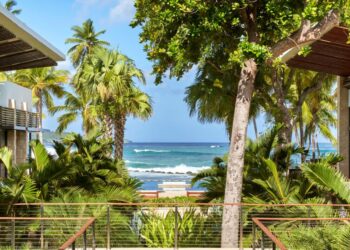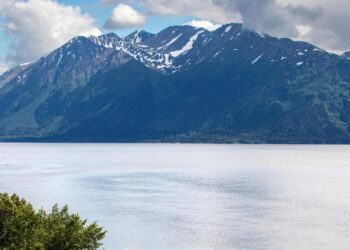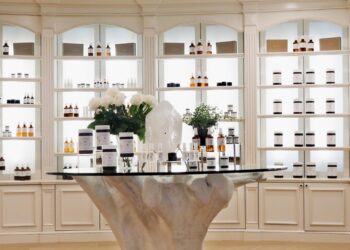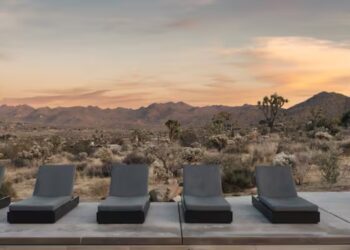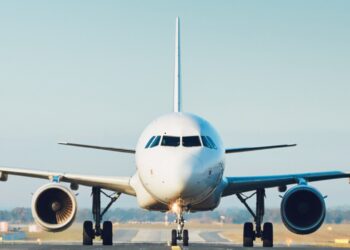“Splash your hand gently in the water.” A dutiful student, I wiggle my hand ever so lightly, watching in awe, as seemingly a million blue fireflies dance upon the water’s surface. I am in Fajardo, on the eastern tip of Puerto Rico, ready to embark on a glass-bottom bioluminescent kayaking tour of Laguna Grande. The first time I witnessed such a magical light show was decades ago in Malaysia. No one had prepared me for the event. I was simply returning from dinner when I saw the water transform into a glow-in-the-dark neon blue. Over breakfast the next morning, my host revealed the science behind the ‘blue tears’ (as she described the bioluminescent light ) — and how the glow was emitted from agitated algae and small crustaceans. The experience remained etched in my mind (I had no photos) as a ‘once-in-a-lifetime’ memory never to be repeated. Until now that is. Just a four-hour flight from home — in a glass-bottom kayak in Puerto Rico — I watch the bay light up in wondrous blue sparkles.
The Science
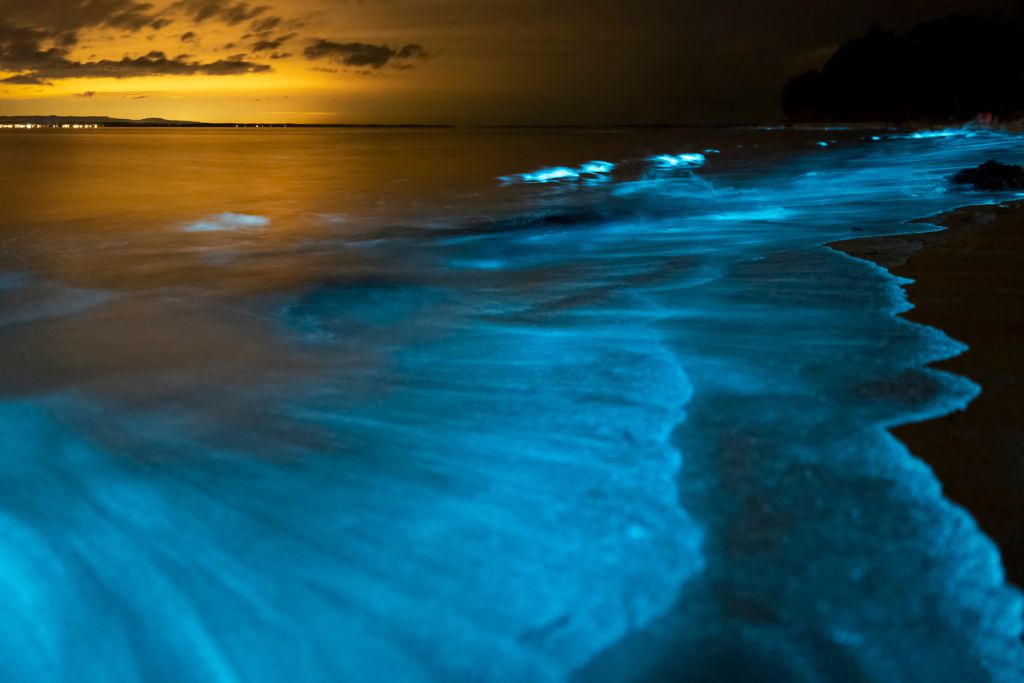
Scientists credit the tiny organisms called ‘pyrodinium bahamense’ (dinoflagellates) that reside in Laguna Grande (and other bioluminescent waters) for the nightly blue light show. When disturbed by a crashing wave or even an oar or hand skimming the water’s surface, the organisms react, producing a bright blue glow. Multiplied with millions of other dinoflagellates floating in the same bay, the effect is sheer magic.
Puerto Rico’s Three Viewing Sites
While there are only a handful of places in the world to experience bioluminescence — Malaysia, Japan, New Zealand, and the Maldives, among them — Puerto Rico is actually home to three bioluminescent bays: Laguna Grande; La Parguera, in Lajas, on the main island’s southwestern edge; and Mosquito Bay on the island of Vieques. All three locations offer bioluminescent kayaking tours; La Parguera also offers guided swimming tours.
Mosquito Bay, Vieques
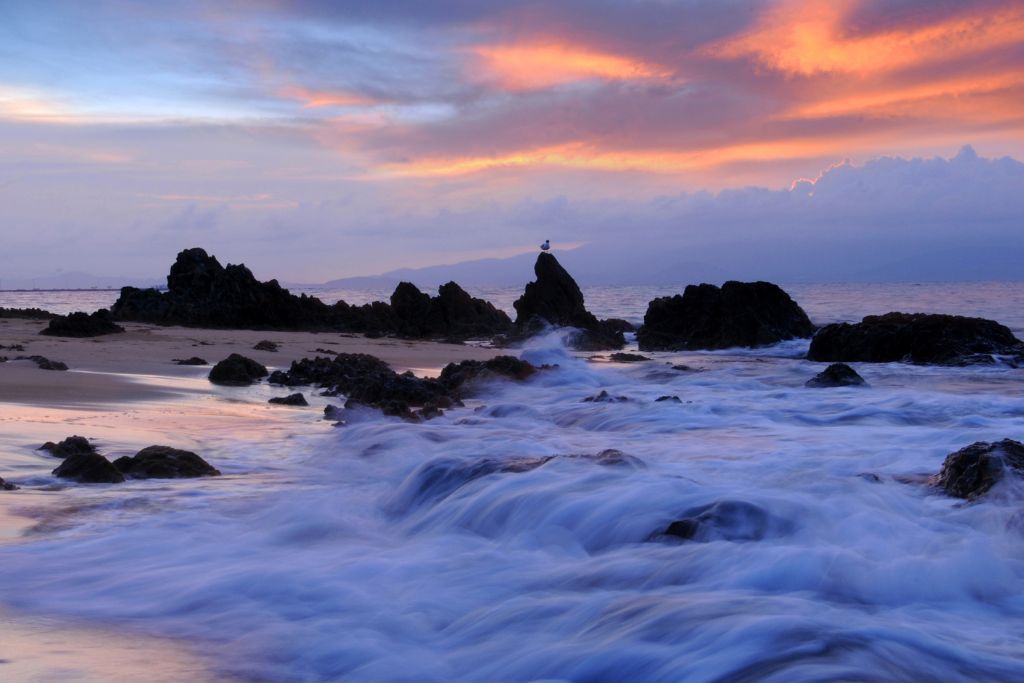
The most well known of the three, Mosquito Bay (nicknamed ‘Puerto Mosquito’ by locals) was once named the brightest bioluminescent bay in the world by the Guinness Book of World Records (2006). Following Hurricane Maria (in 2017), which devastated much of Puerto Rico and disrupted Mosquito Bay’s glowing waters, scientists feared the bay would remain dark . But Mosquito Bay rebounded and replenished and — with its lack of light pollution — continues to shine bright. Some locals say even brighter than before.
La Parguera, Lajas
Swimming is prohibited in many bioluminescent waters — and for good reason. Potent (chemical-heavy) sunscreens and mosquito repellants can wreak havoc on the bioluminescent life forms. La Parguera, however, offers an exception to the no-swimming rule (although visitors are asked to be mindful of the sunscreens, lotions, and deodorants used). Because La Parguera is a vast, open bay, the changing tides regularly recycle the water and flush out any potential irritants. Small motorboats are permitted — with some tours providing equipment so swimmers can dive in after dark.
Laguna Grande, Fajardo

Of the three bio bays, Laguna Grande is the only one that is not technically a bay. The long, narrow mangrove-laden channels leading to the glowy bioluminescent blue waters technically qualify as a lagoon. Laguna Grande is the most visited of Puerto Rico’s bays due to its close proximity to San Juan (just under an hour); tours here feature glass-bottom kayaks.
What to Expect
Although the bays are aglow year round, the best viewing comes in the dry season, between December and mid-April. Moon phases, water temperatures, salinity, and currents also affect viewing, and most outfitters will not venture out unless conditions are prime. Rule of thumb: darker nights are best, so look for a new (versus full) moon. Bring along your eco-friendliest mosquito deterrent, and (hard as it may be) leave your phones and cameras behind. You will get completely wet (making bathing suits and water shoes a good idea; cameras and phones not so much). And while you may want to capture the light show on camera or film, know that even professional photographers have acknowledged difficulty in translating the real-life visual.
Where to Stay:
In Vieques
Less is more at the minimalist Hix Island House, set high on a hill overlooking the ocean. Designed by Canadian architect, John Hix, five geometric buildings (powered by solar and wind energy) house the 19 spacious lofts which come with outdoor showers, stunning ocean views and kitchens stocked with breakfast items: coffee, tea, eggs, homemade bread, and jam. Visit Vieques’ famed black sand beach nearby, laze by the ultra-zen pool, stroll past fruit trees and towering palms on the hotel’s 13 acres, and enjoy the hummingbirds which visit often.
Near Lajas
Fun Fact: Copamarina Beach Resort and Spa, set on its own private beach and part of a natural preserve in remote Guánica, is ‘related’ (same owners) to Old San Juan’s famed El Convento hotel. The 103-room, mid-range, Copamarina is family-friendly and low-key, with emphasis on into-nature immersions like snorkeling, kayaking, and stand up paddle boarding. Destination weddings are extremely popular (often the entire property is booked out) and there is a sweet spa, Ni, featuring all-natural, organic products made by a local marine biologist.
Near Fajardo
Nature lovers will adore the 139-room St. Regis Bahia Beach Resort, set on a former coconut plantation. An easy drive to Fajardo, this stunning hotel offers two miles of secluded beach and is home to its own private bird sanctuary. Rooms, designed by celebrated Puerto Rican designer, Nono Maldonado, come with private terraces with sea views, and a soothing cream-on-white color palette. Dip into the dreamy Iridium spa for treatments using organic products or play a round of golf on the Robert Trent Jr.-designed course.
Feature image courtesy of RugliG, iStock



